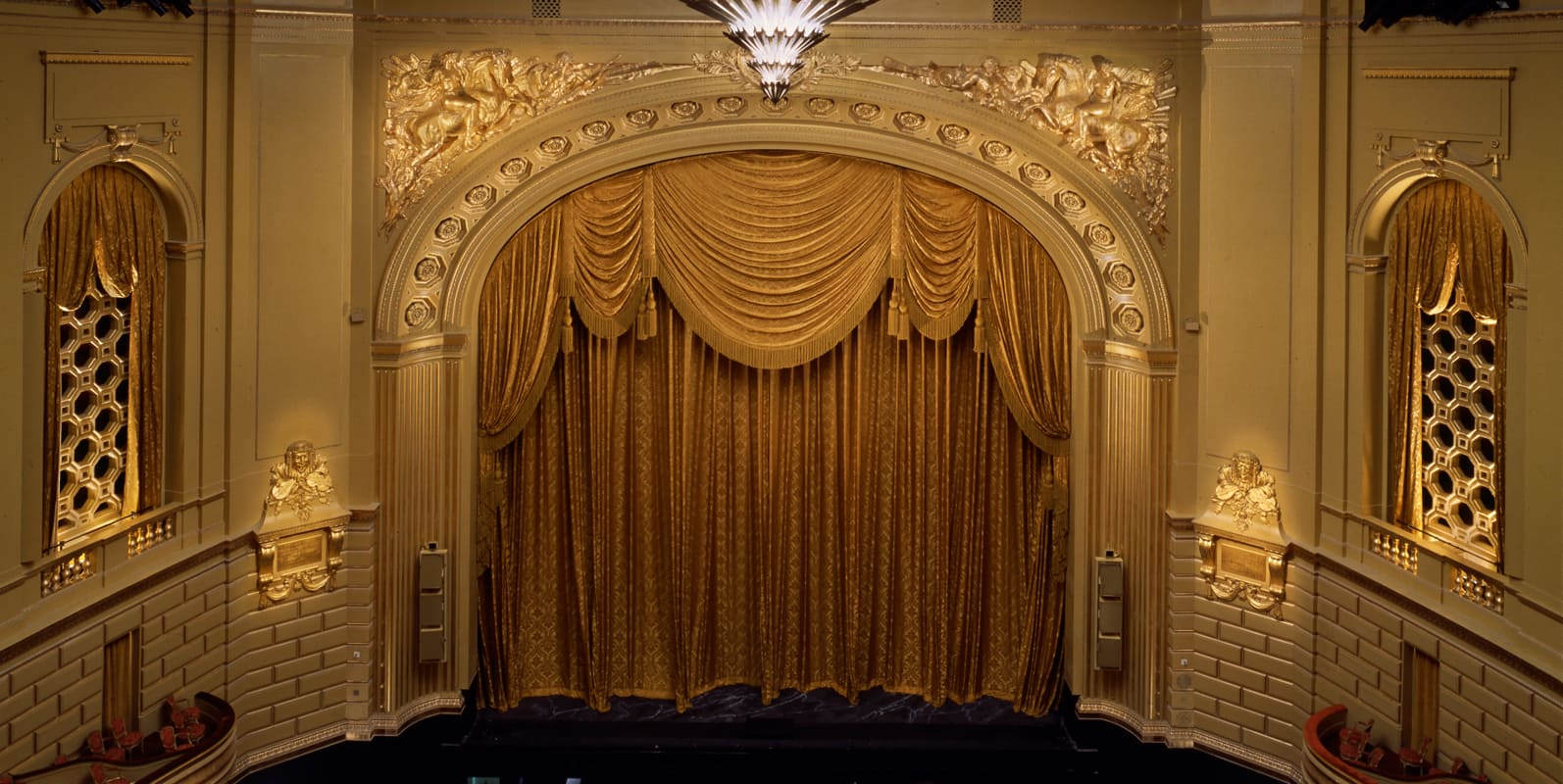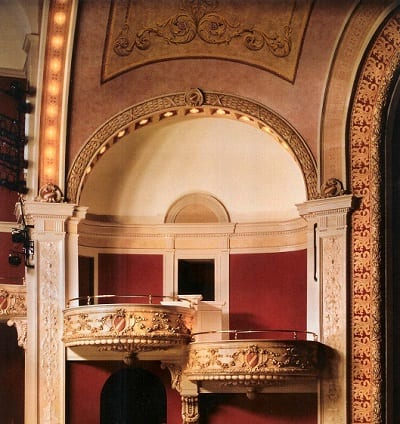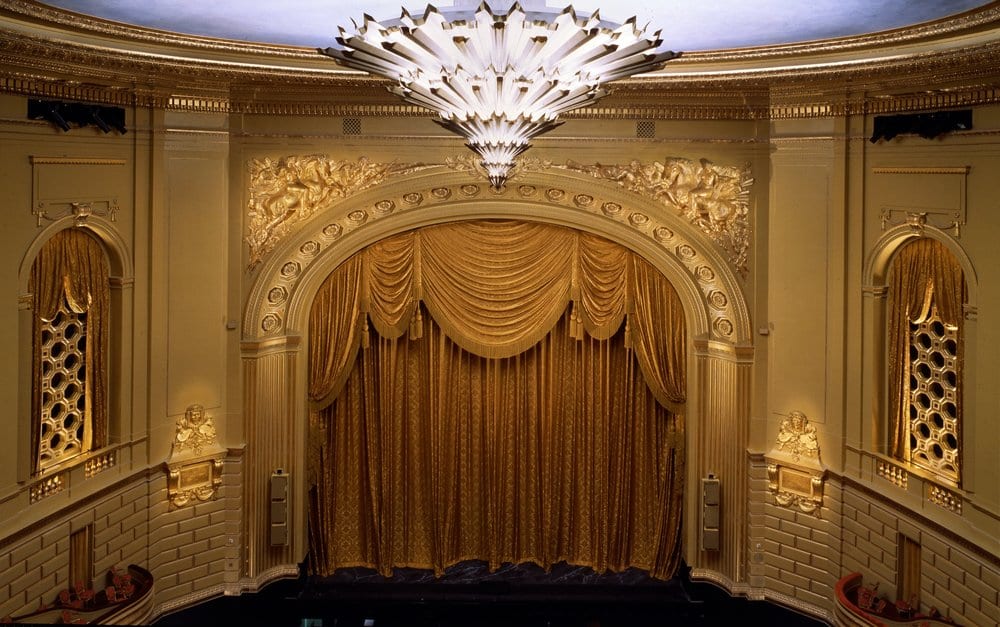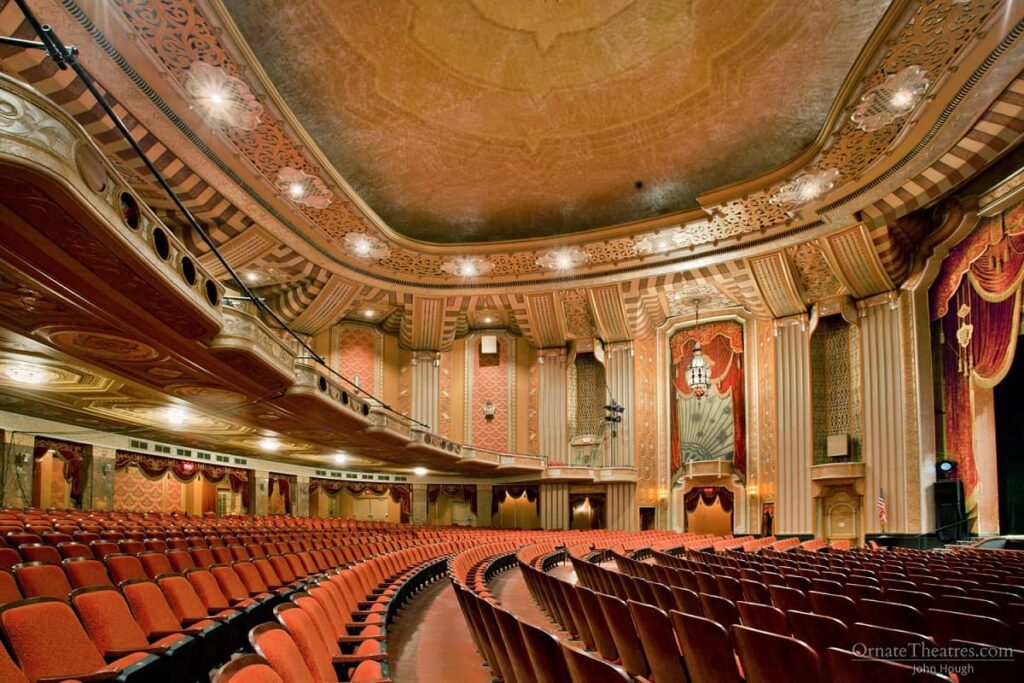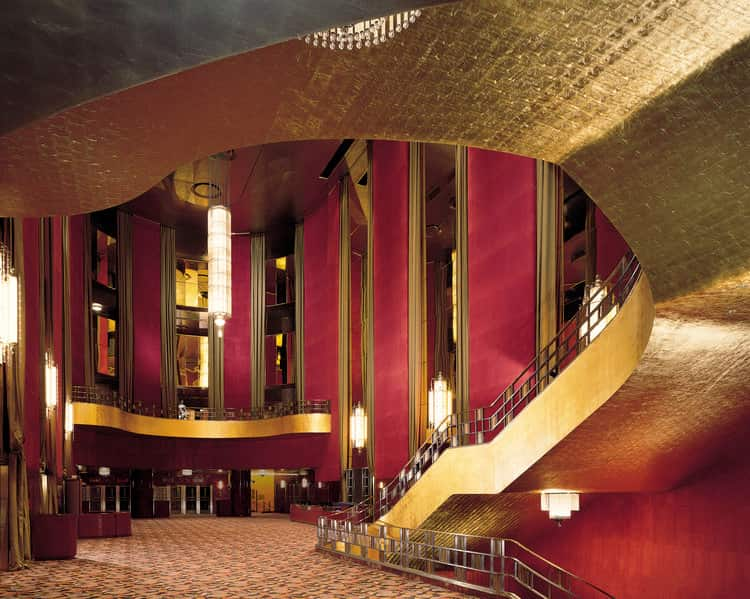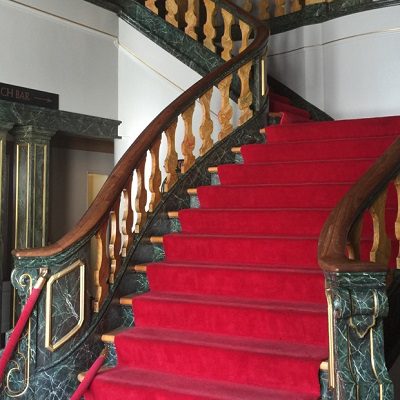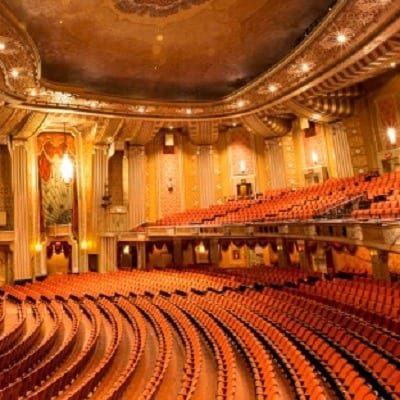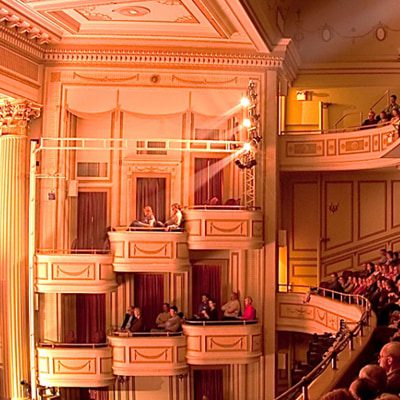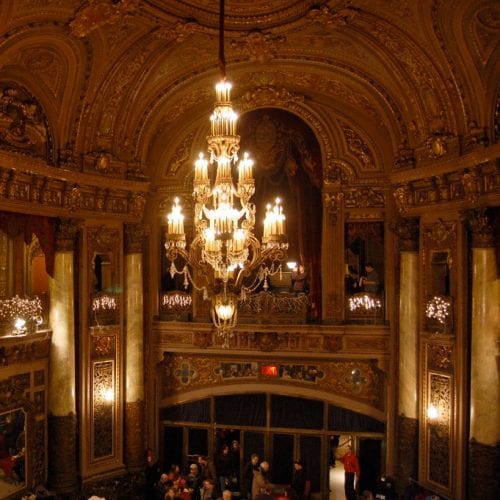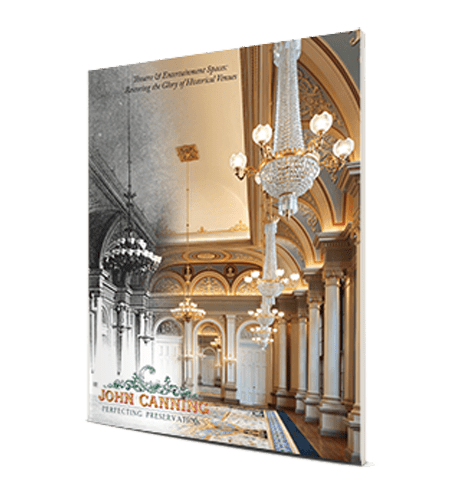
Historic Theatre Restoration
Because historic theatres touch people’s lives so intimately and are such a vital component of the communities that they reside in, it is extremely important that we maintain and restore them. In addition to the moral obligation of preserving such cultural icons for the future, there can be economic considerations as well: Theatres that have gone through the restoration process and reopened have often revitalized their communities, bringing a new life, business opportunities, and jobs to the immediate area. After recently attending League of Historic American Theatres (LHAT) Conference, it was made clear to us that there are so many theatres that require restoration in one form or another. Whether it be the smaller scope of regular upkeep and maintenance for operational theatres, or larger scope of full restoration of closed or dilapidated theatres, finding ways to implement restoration plans are necessary for communities all across the country. Below, we offer some advice and tips that can help community members and owners of historic theatres properly plan and execute their theatre restoration project.
1. Fundraising is important, but so is understanding scope.
As communities realize the impact that theatre restoration can have, they’ve begun putting fundraising campaigns into place. These campaigns’ goals take on various scales, from imaginative to full-scale restoration projects. But before real fundraising can happen, theatre owners must first understand the scope of their project. They must assess the current conditions of the building, understand their motivations and goals for the project, and assess what exactly needs to be done. Only then can they have an accurate idea of the costs which might be involved in the restoration, and how those costs can be managed and approached in their campaign.
2. Expertise matters, every step of the way.
The key to any successful restoration project (whether a theatre or some other building or structure) is having a great team of players involved from the beginning. Bringing together experts in the field can assure that the project is kept on schedule, within budget, and efficiently completed. A theatre restoration project can include many steps and phases, regardless of the size of the project. A historic building conditions assessment can help you understand what you have and what needs to be done; fundraising must happen before actual restoration work can begin, and the project must be appropriately budgeted to not waste those funds. During the implementation, administration, documentation, and completion of all project phases, the right team of experts is required to carry all of the phases out successfully. Once the assessments and investigations are complete, the budgeting process begins. Consulting an individual who possesses in-depth knowledge of architectural restoration cost estimating and value engineering is key to establishing the budget and scheduling. Fundraising can be a difficult and long process. There are fundraising consultants available to assist in this area, especially when in need of an understanding of historic tax credits, which can make a difference when budgeting. Having a solid group of people on your fundraising committee including great volunteers will allow for the fundraising process to run smoothly and productively. Outreach to community residents, organizations, private funding, as well as government venues is typically needed to make an impact for funding. Often, your restoration contractor can assist in the fundraising process. Restoration experts can provide watercolor renderings and mockups of what the theatre will look like to help donors visualize the historic past and future that they can be a part of. The rendering and mockups can also help the owners make key decisions along the way and keep things moving forward in the process. The exciting phase comes when the restoration can actually begin. Seeing the vision come to life makes all the time and effort put in worth it. Making sure you have a great team of contractors handling the pre-construction, project management, and restoration work will ensure success on all levels.
3. Be true to the building’s history.
When working with historic buildings, the utmost care must be taken to ensure that the integrity of the building is preserved. Otherwise, the resulting restoration can actually have the opposite impact from what was expected: A community that is hurt and angry that a piece of their collective culture was destroyed. This is why a restoration contractor or consultant is typically brought in to do a historic building conditions assessment before any work is begun. Part of the assessment involves researching and gathering historical documentation (including, potentially, historic pictures or specifications) to better understand the original intentions of the interior. After the research is complete, the on-site investigation and assessment is conducted. Historical paint studies are performed to help determine the original color palette. Decorative finish exposures and additional testing also provides evidence of the original pattern and color scheme. Plaster conditions surveys may be necessary to determine if plaster stabilization and/or restoration is required. Of course, documentation of everything in the assessment and investigation is essential in communicating findings with the owner. The reports will inform full restoration plans and will assist in the normal maintenance and stabilization efforts that may be needed to preserve the structure. Once the original historic fabric is understood, architects, engineers and designers can be brought in to help determine new design structure and identify areas where rebuilding is necessary. Depending on the level of restoration sometimes a building structural assessment is needed from an architect/engineer. This is typically necessary for closed theatres to derive a true sense of the overall structural condition of the theatre.
The Value of Historic Theatre Restoration
Once the restoration is complete, all the hard work put in has paid off. The community can experience and enjoy the magic the theatre brings. Today’s generation and future generations can have the opportunity to step into a wonderland filled with beauty and charm. If you are looking for more information about historic theatre restoration or need advice on a restoration project, contact us for a consultation to see how John Canning & Co. can put our 45+ years of experience to work for you.

